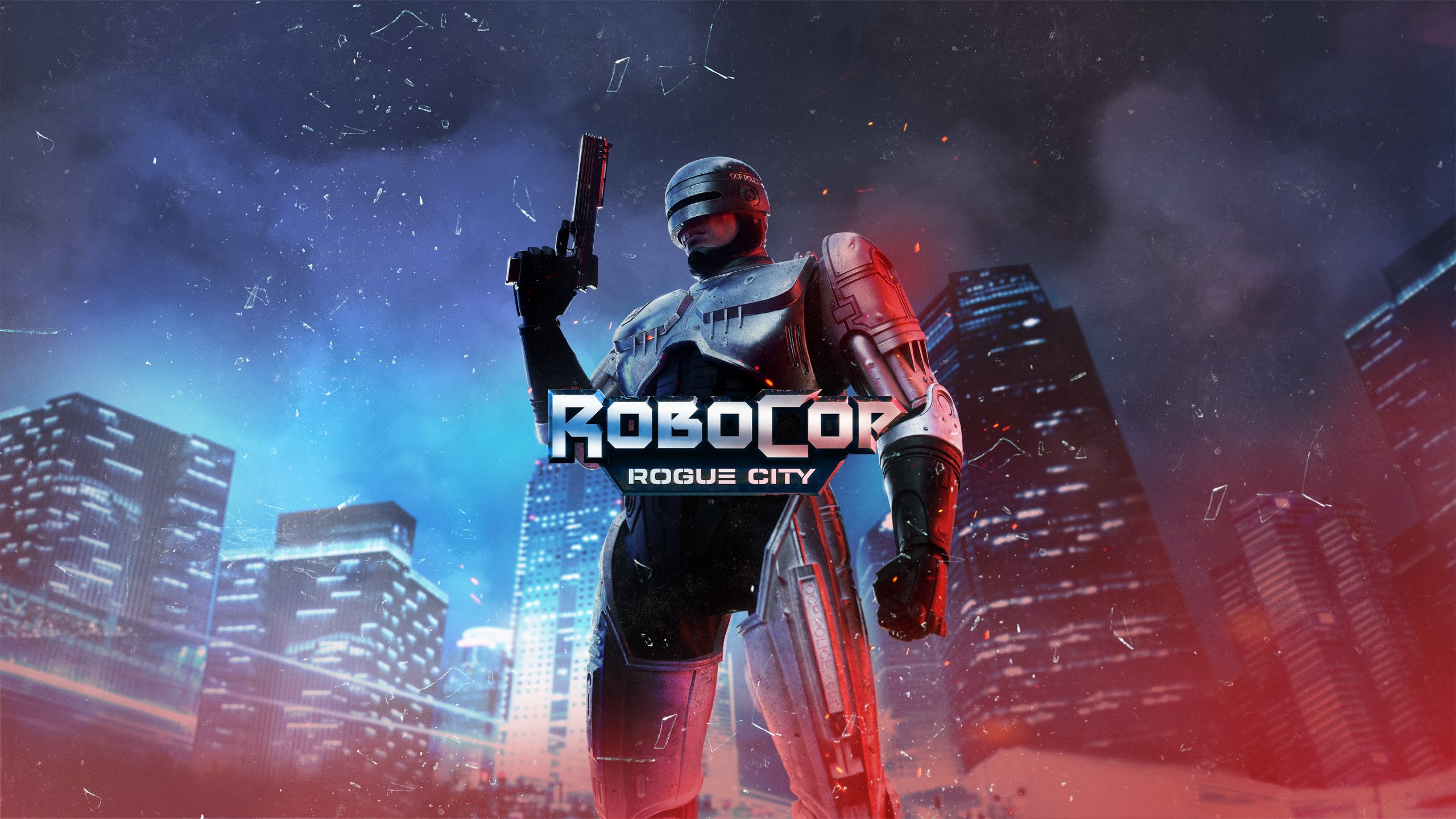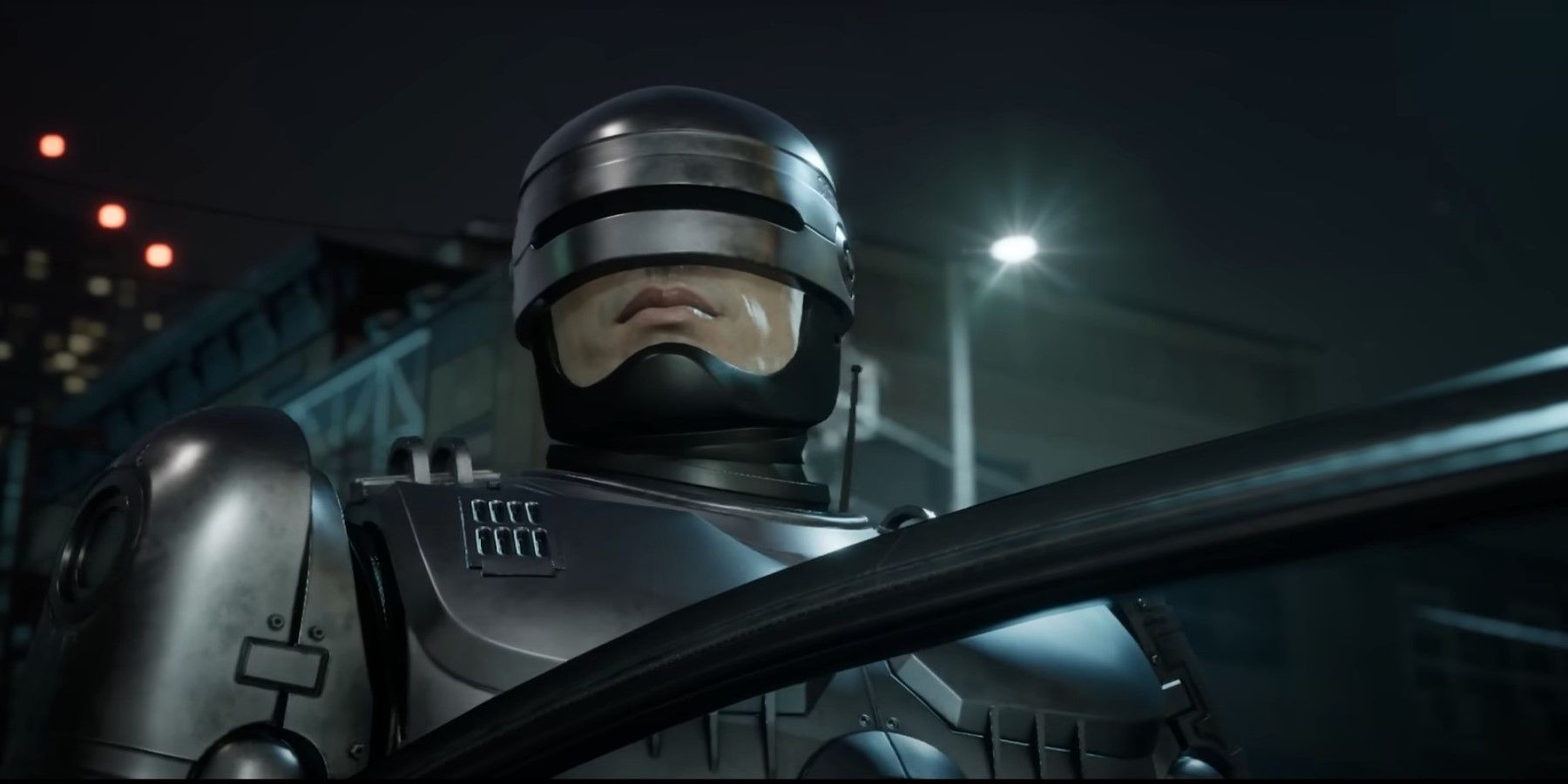Here is the English translation of the provided French text, as per your instructions:
The images in the video test are noteworthy, and it is clear that the game offers a visually appealing aesthetic. We previously highlighted this aspect in our preview three weeks ago, and now, upon reviewing the final version, we remain thoroughly impressed. The textures are rich, lighting is carefully crafted, reflections abound throughout the environments, and particle effects are abundant, particularly when navigating through Detroit at the beginning of the game. Unreal Engine 5 enhances the settings, contributing to a gritty atmosphere reminiscent of Paul Verhoeven’s films. In summary, Robocop Rogue City excels with its captivating visual design as an initial attraction. However, it is important to note that perfection is not achieved; focusing on non-player characters reveals limitations in facial modeling, lack of expressions, and repetitive patterns. Nonetheless, these imperfections are less critical given the game’s status as an AA title rather than a AAA production where such shortcomings would be unacceptable. Robocop Rogue City can be considered an ‘euroskeptic’ project—games that may feel unfinished due to resource constraints but still emanate passion from their creators. This is essentially what one should take away about this game, which was crafted by dedicated individuals aiming to honor the original material.
THANK YOU FOR THE CHICKEN TEYON!
Beauty is one aspect, but how about the gameplay? “Robocop Rogue City” also aims to remain as authentic as possible to the character of Alex Murphy, who is 50% cop and 50% machine, embodying a relentless brutality. Here too, there is enjoyment to be found. We have previously discussed the character’s slowness, which accurately reflects his nature—a large metallic entity incapable of jumping or crouching but resilient against intense gunfire. Although Robocop moves slower than typical first-person shooter (FPS) characters, he is not excessively sluggish. In fact, his movements are sufficiently rhythmic to avoid frustrating players, especially since he can run without becoming winded. Additionally, as you progress through the game, it will be possible to unlock other abilities, such as a dash move that allows for quick and efficient elimination of enemies. We will discuss this further later on. Indeed, there is genuine satisfaction in controlling RoboCondé, with each movement accompanied by sound effects that cause the ground to tremble, making you feel invincible beneath his metallic exterior.
This feeling of invincibility is also attributed to Robocop’s preferred weapon, the Auto-9, which he retrieves from his thigh. In the game, due to design and speed considerations, reloading occurs normally rather than inserting the weapon into his leg. The ammunition for the Auto-9 is unlimited, but frequent reloading is required. Additionally, the weapon evolves throughout gameplay, with new abilities unlocked via components placed on a motherboard. Depending on the power of each component, players can achieve different outcomes affecting magazine capacity, bullet range, reload speed, damage output, and armor penetration. This adds an element of originality and engagement. Moreover, Robocop can also pick up various weapons left by enemies, including the Uzi, grenade launcher, shotgun, Kalashnikov, or sniper rifle. The shooting mechanics are impactful, with each bullet felt as it shatters skulls or severs limbs, causing blood to flow freely and brains to explode, often leaving walls painted in bright orange. Additionally, players can deliver powerful punches capable of one-shotting enemies, accompanied by a deafening sound effect. There is also the option to grab enemies by the neck and slam them against walls, floors, or other foes. This provides an immersive and satisfying combat experience.
However, be aware that although our protagonist, the cop, is resilient, he can still be defeated by bullets if he does not seek cover behind environmental elements. He has a health bar that can be replenished using OCB recovery charges or by connecting to electrical panels. While the initial stages of the game offer a manageable challenge, as enemies increase in number, simply targeting them with L2 becomes insufficient. Although the AI is not particularly intelligent, it is aggressive; they charge relentlessly, fire without warning, and frequently throw grenades, which can easily penetrate your armor.
One might assume that Robocop Rogue City is just a basic first-person shooter where you move through corridors shooting everything without much thought, but Teyon aimed higher than that. To break up between missions and vary the gameplay experience, Robocop needs to perform certain tasks that are seemingly tedious yet essential for his role as a police officer. These include clearing streets of criminals, preventing vandalism by a tagger, issuing tickets for illegally parked cars, assisting colleagues at the station, and more. While these activities may sound basic when described, carrying them out in the game is actually quite enjoyable. The game takes place in Detroit, which you explore as an open-world area, along with the police station that becomes a peaceful hub where you can overhear conversations about various topics. These missions are sometimes infused with irony, and the dialogues contribute to the 90s-themed atmosphere. Additionally, certain dialogue choices lead to irreversible sequences, such as deciding whether to release someone or send them to prison. Depending on your choices, your reputation changes, though this has little impact on the story’s conclusion; nevertheless, it is amusing to see this level of integration in a game of this genre.
Have any thoughts?
Share your reaction or leave a quick response — we’d love to hear what you think!

